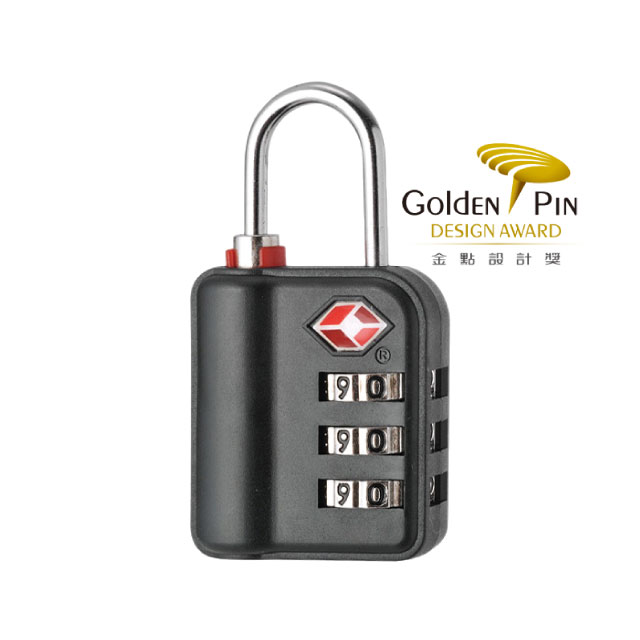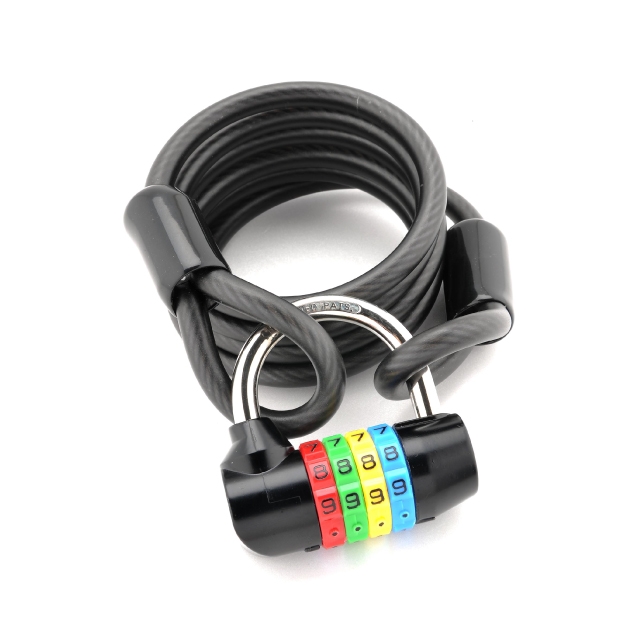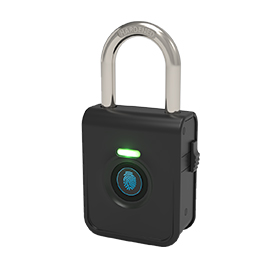Do you know the history of padlocks? From origins to types, let's get it all sorted out
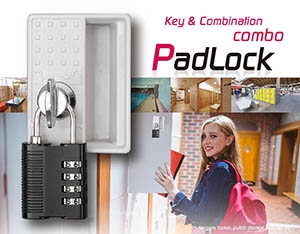

The Importance and History of Locks
Have you ever wondered why we need locks in the world? Locks are essential for protecting personal property and have been one of the oldest methods of securing belongings. The history of locks can be traced back four thousand years to ancient Egypt. Paintings inside the pyramids depict the mechanism of inserting a key to lift a latch and unlock the door. Over time, various types of locks have emerged, and one of the most significant among them is the padlock.
Padlocks are one of the oldest and most extensive branches of the lock family. Their history dates back to ancient Egypt and Babylon, around 2000 BCE. In those times, padlocks were primarily made of wood or bronze and had simple structures. During the Roman Empire, padlock technology saw significant advancements. The Romans invented more complex sliding bolt locks to protect valuable items and household property. In medieval Europe, blacksmiths began crafting various metal padlocks, making them more secure and practical.
Types and Selection of Padlocks
The Industrial Revolution in the 18th and 19th centuries further propelled the development of padlock technology. Padlocks began to be produced on a large scale through mechanization, reducing costs and improving quality. In 1840, Linus Yale invented the padlock using a Pin Tumbler Lock, which became the foundation for modern padlocks. Today, most locks available on the market have evolved from the padlock design. Thus, padlocks can be considered the "ancestors" of all locks.
Padlocks come in a variety of types. The unlocking mechanisms alone include key-operated locks and combination locks, among others. The materials used are also diverse, including zinc alloy, brass, iron, and stainless steel. Additionally, padlocks are designed in different sizes and weights to suit various applications. The internal mechanisms are also complex and varied, such as pin tumbler, disc, magnetic, warded, and combination structures.
Given the wide variety of padlocks, users often face difficulties in selecting the right one. Therefore, SINOX has categorized padlocks into two main types—"heavy-duty padlocks" and "light-duty padlocks"—to help users make more informed choices!
What's the Difference Between SINOX Heavy-Duty and Light-Duty Padlocks?
First, let's look at the similarities. Both SINOX heavy-duty and light-duty padlocks use zinc alloy for the lock body. This material is resistant to corrosion and wear, has a low melting point, and is easy to recycle, extending the lifespan of the locks while also being environmentally friendly. Additionally, both types of padlocks utilize a combination dial mechanism for locking and unlocking, which enhances security and convenience.
However, SINOX heavy-duty and light-duty padlocks have distinct differences in structure and application. The shackle of heavy-duty padlocks is typically heat-treated and thicker, designed to increase its strength and hardness, making it more resistant to being broken. Heavy-duty padlocks also use larger rivets, ensuring that even if the lock is dropped, the casing will not separate due to the impact. Because of the larger and thicker shackle and internal structure, heavy-duty padlocks are heavier and are ideal for applications requiring high-strength protection.
In contrast, the shackle of light-duty padlocks is thinner and not heat-treated. However, after rigorous testing by the SINOX team, light-duty padlocks still possess sufficient hardness and strength. The overall design of light-duty padlocks is lighter and more portable, making them suitable for everyday use, such as in gyms or on campuses.
From the origins of padlocks to their distinctive features, it's clear that padlocks are an essential part of daily life, which is why they have endured for thousands of years. Whether you need a heavy-duty padlock to protect valuable items or a light-duty padlock for portability and convenience, SINOX can meet your needs, making it easy for you to choose the perfect padlock.
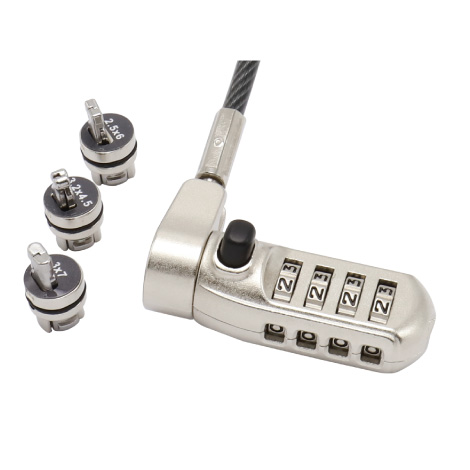


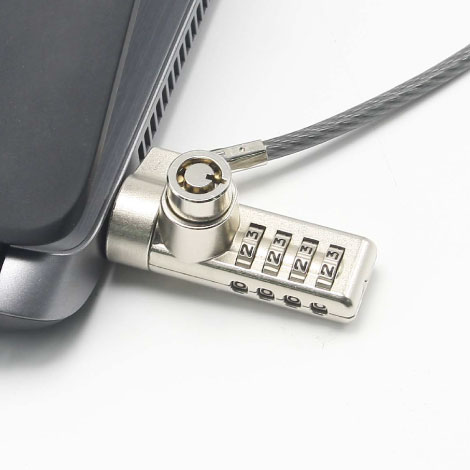
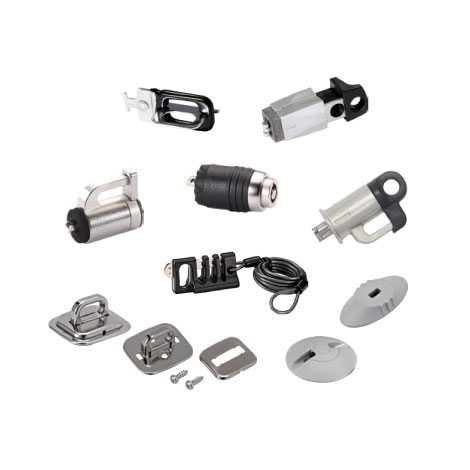


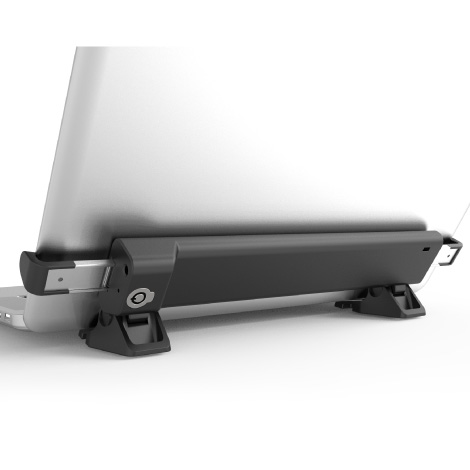


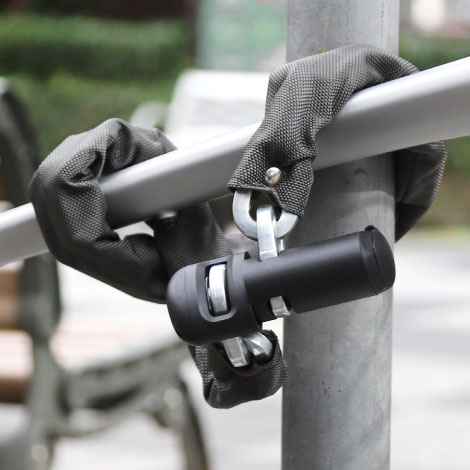

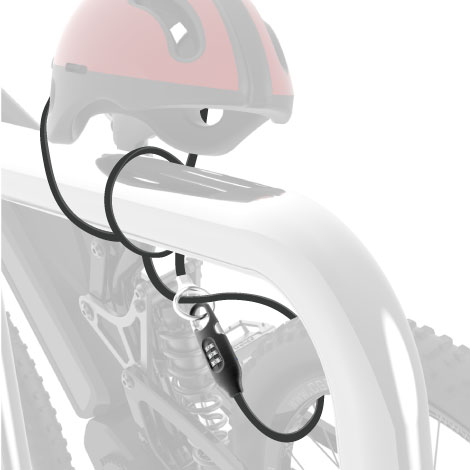
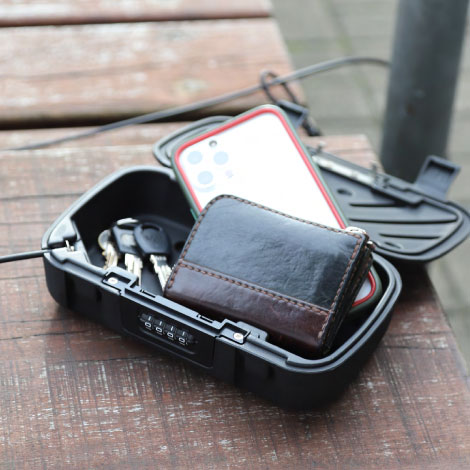
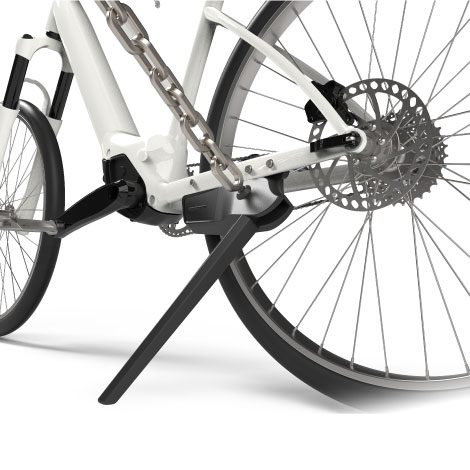
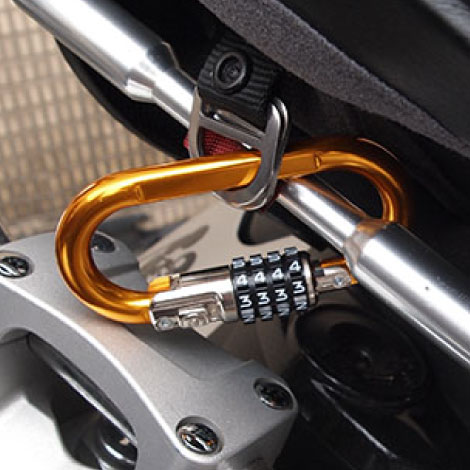

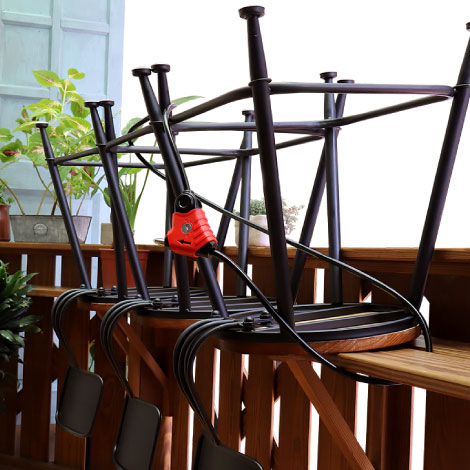
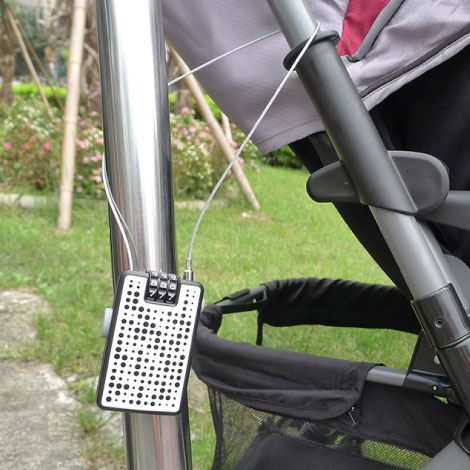
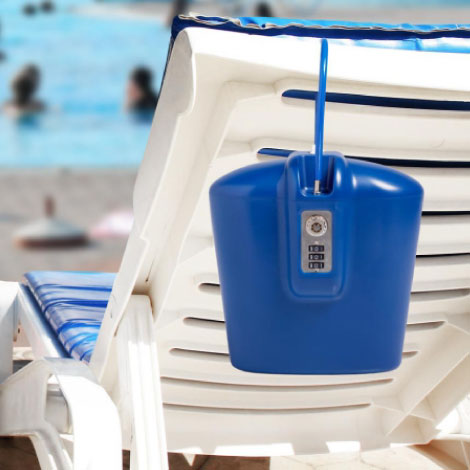
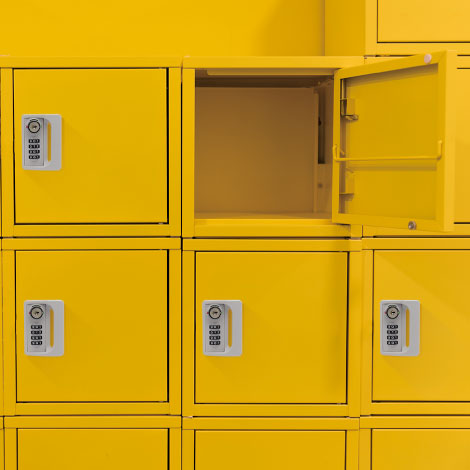
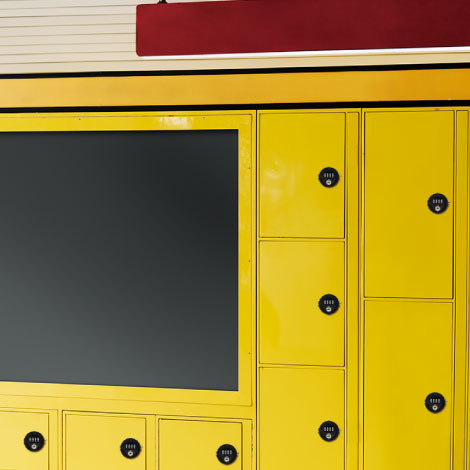

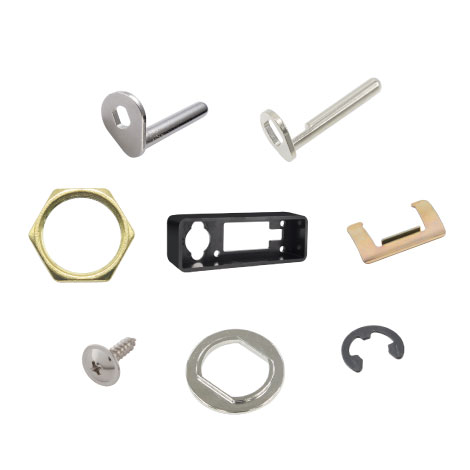

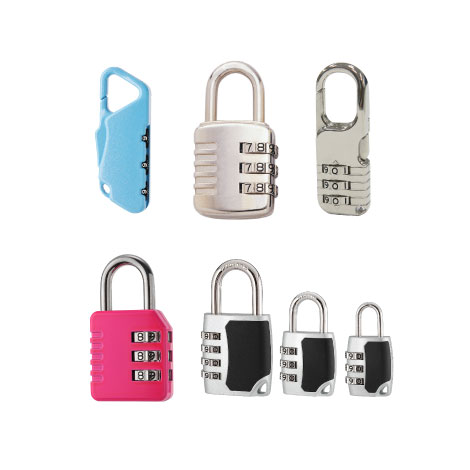

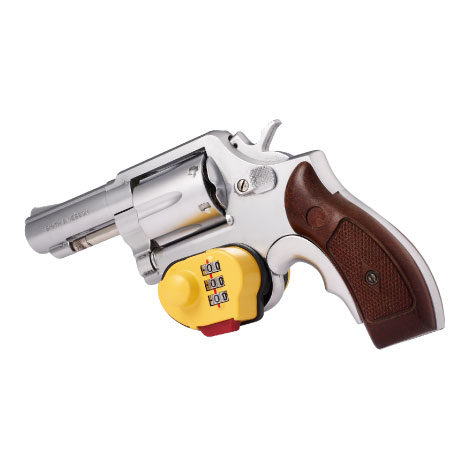

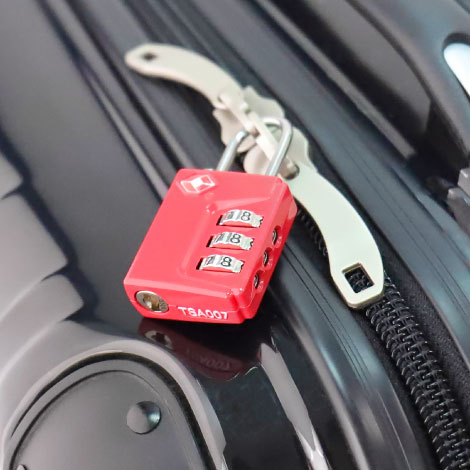
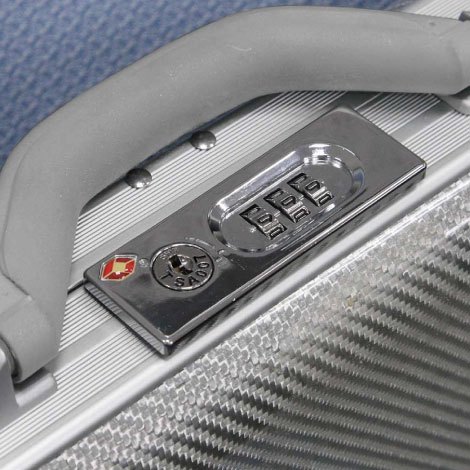
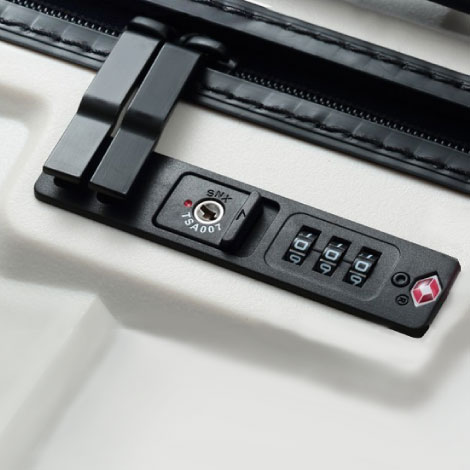

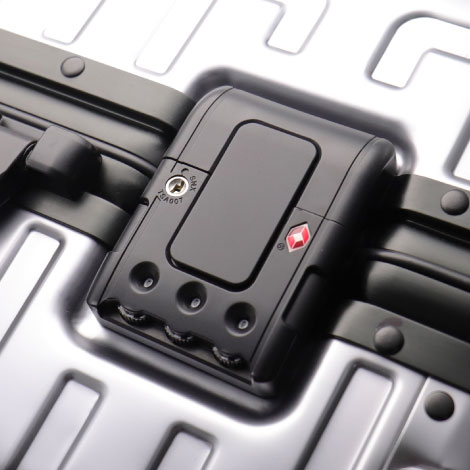


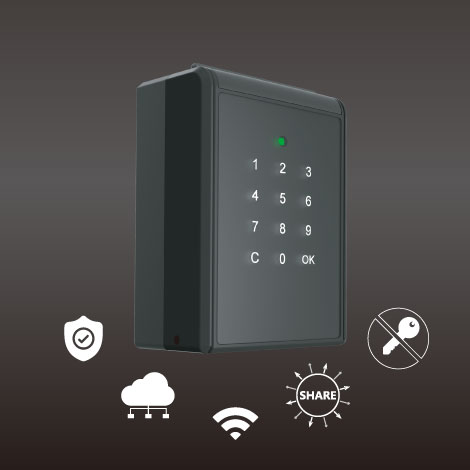
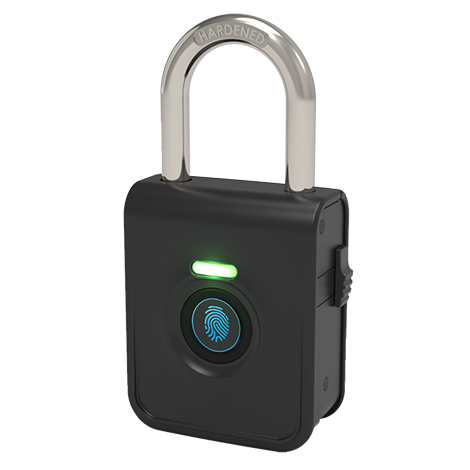
 English
English 繁體中文
繁體中文 简体中文
简体中文
